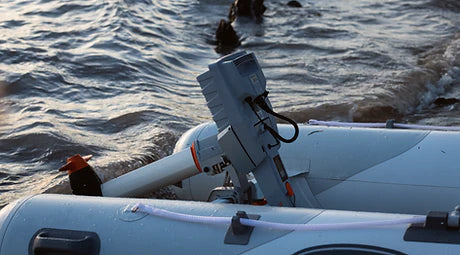
Our repowers
Out with the old and in with the new! Electric outboards have come to market and we're here to help you ditch your old gas engine. Scroll down to see some of the boats that we've repowered with electric outboards.
Boston Whaler 130 Sport With Pure Watercraft's 50hp
Our 2000 13' Boston Whaler Sport received a major upgrade when we switched out the old 30hp Mercury two stroke with a new 50hp (25kW) electric outboard from Pure Watercraft, paired with one of their 8.8kWh batteries. We couldn't be happier with the results!
Weight Considerations
The USCG maximum capacities for the 2000 13' Sport are 5 persons or 650lbs, and 935lbs including persons, motor and gear. We removed the 30hp Mercury (112lbs), a six gallon gas tank (36lbs when full) and a group 24 lead acid battery (45lbs), totaling 193lbs.
Range
With the one 8.8kWh battery fully charged, we have between 20 minutes and 20 hours of run time! It all depends on the speed. At full throttle (22 knots), the run time is about 20 minutes.
Charging
Pure Watercraft's charger can be used with 120v or 220v power and can be mounted on the vessel, at your dock, or in your garage.
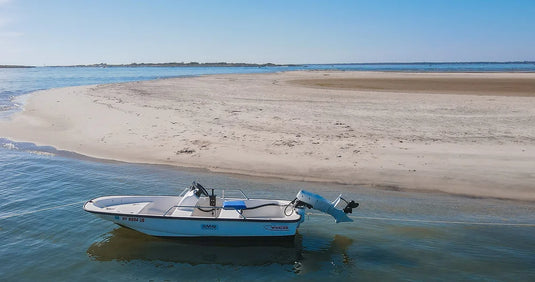
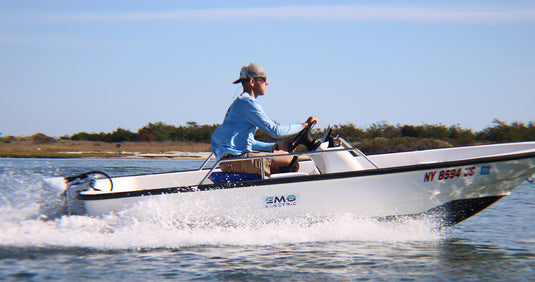
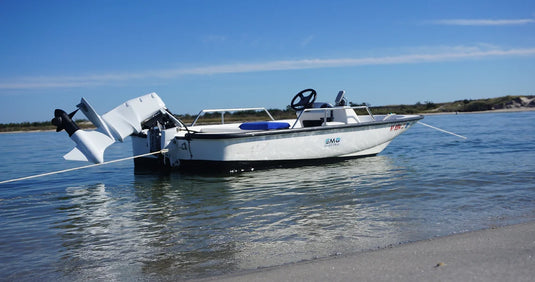
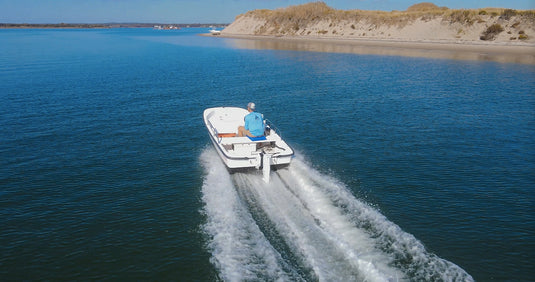
Trophy Bayliner 21' Walkaround With Elco's 50hp
This Trophy was our very first repower. We removed an old, smokey 150hp two stroke and added Elco's 50hp. Needless to say, the boat no longer gets up on the plane and is now a slow bay cruiser.
Weight Considerations
Elco's 50hp outboard runs on 96 volts and weighs 190lbs. We aren't sure the exact weight of the old two stroke, but we estimate that the Elco engine is about 50 to 100lbs lighter.
Range
She has a range of about one hour at full speed and about four hours at four to five knots.
Charging
Connected to a wired charger, it takes about six hours to charge on 110v and about two hours on 220v.
